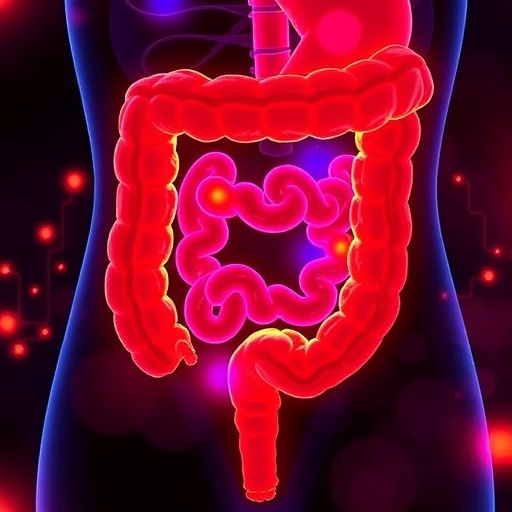Matthew Colonnese, PhD, has been awarded more than $4 million for study of early brain activity
WASHINGTON (May 15, 2019) — Neonatal brain injury is a leading cause of lifelong disability. Researchers at the George Washington University (GW) are laying the groundwork for a future where health care providers can more accurately diagnose brain injury and dysfunction in newborns with the use of an inexpensive and non-invasive diagnostic tool — electroencephalography (EEG). This work was recently funded with more than $4 million in grants from the National Eye Institute and the National Institute of Neurological Disorders and Stroke.
Despite more than 65 years of using EEG on newborns, understanding of rhythmic cortical activity patterns associated with brain development and injury is limited. The recent funding will enable the research team to help improve the interpretation and understanding of the EEG in neonates, both preterm and term.
The research, led by Matthew Colonnese, PhD, associate professor of pharmacology and physiology at the GW School of Medicine and Health Sciences, will expand current knowledge of how changes in brain connections to the cerebral cortex control the normal development of brain activity that occurs around the time of birth.
“Newborns, especially those at-risk of perinatal brain injury, such as preterm infants, are quite fragile. Thus a non-invasive bedside diagnostic like EEG has the potential to be a really helpful tool. Furthermore, use of EEG, rather than MRI, has the potential to reduce health care costs and be used in areas of the world without access to current scanning technologies,” said Colonnese. “Unfortunately, the EEG signal, which comes from a surface electrode on the scalp, is a mashup of all the electrical activity happening beneath it. We lack careful mechanistic studies to pinpoint which brain areas contribute to normal EEG.”
By measuring the activity through the depth of the cerebral cortex and underlying thalamus, an area which is highly connected to the cortex and often injured around the time of birth, the research team will provide insight into the circuit changes that may underlie human fetal cortical development and inform future studies of brain injury in infants.
“We know from looking at EEGs of infants born pre-term that brain activity takes a big step forward before the time of birth,” Colonnese explained. “This leap in the continuity of brain activity, is probably crucial for consciousness and our ability to sense everything around us at birth. We think the thalamus may play a big role in that maturation, and when it is injured, that can be catastrophic for the infant.”
Through their studies, Colonnese and his team aim to define the role of the thalamus in developing a normal functioning cortex, as well as the role of inhibition mediated by the thalamic reticular nucleus — a connected region that forms a capsule around the thalamus — in developing thalamocortical activitiy. An important part of the project will determine the effect of a long-term lesion of the thalamus on the EEG. The team will be able to figure out whether cortical activity can recover from such an injury.
“This project will expand our current knowledge of developing thalamocortical ciruit activity to better inform clinical decisions, based on EEG,” Colonnese said. “Thinking long-term, with clinical collaborations, we want to create a developmental activity atlas in which abnormal EEG patterns in at-risk newborns are matched to specific disruptions in the different areas of the brain, which clinicians can use to refine prognosis.”
Colonnese and his team expect their study to demonstrate a critical role for the thalamus in timing the maturation of the EEG. This will expand experimental approaches for pre-clinical models and inform diagnostics in clinical populations.
The studies, titled “Circuit Specializations of Developing Visual Networks” and “Thalamic Contributions to the Developing EEG,” will be funded through January 2023 and 2024, respectively.
###
Media Contact
Ashley Rizzardo
[email protected]
https:/




